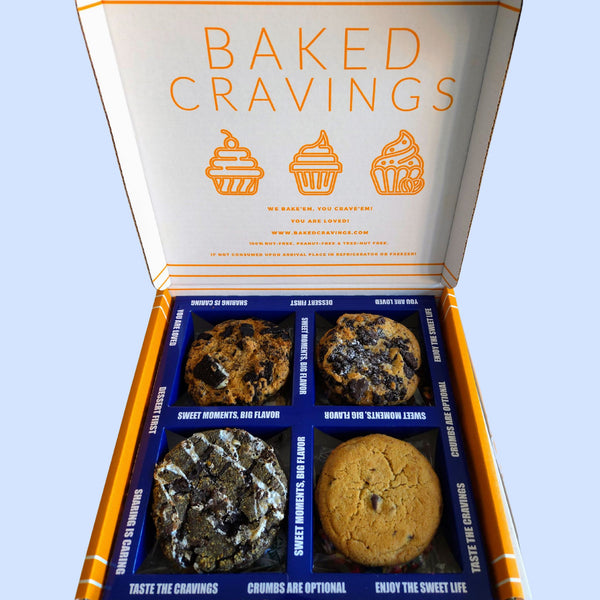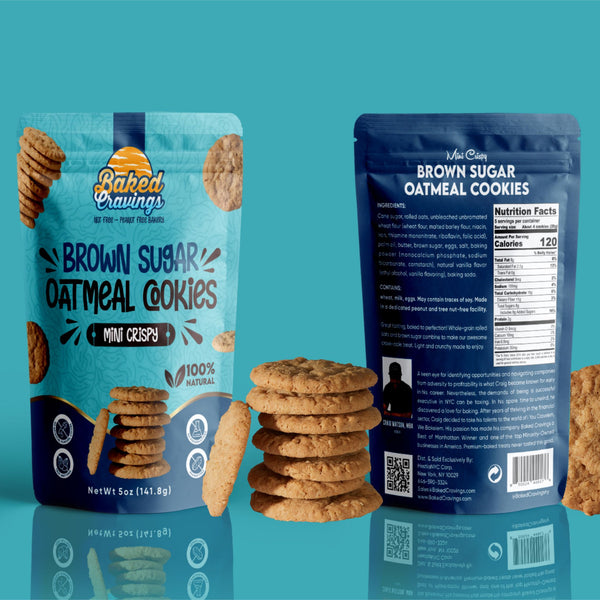
How Do You Know If You Have a Food Intolerance by Andrew Zaleski
And while it’s easy to roll your eyes at many people’s rush self-diagnose—whether it’s pseudoscience about strawberries from Tom Brady or just that one friend who is only sometimes “not doing gluten right now”—people generally have a solid innate sense of what foods make them feel bad. Food intolerances are very real. So here’s how they work, and how to know if you have one. It’s not much more complicated than listening to your body—potentially with the help of a doctor.
Intolerances vs. Allergies
If you’ve keyed in on a food that just makes you feel like garbage, you might be contemplating the fretful conclusion that you’re allergic. But chances are better you probably have an intolerance instead.
Explaining the distinction between the two is relatively simple. An intolerance affects the body’s ability to adequately digest a certain food. Food allergies, on the other hand, involve the immune system. A walk through the specialty-food aisle of a grocery store will turn up a slew of products without lactose, without nuts, without peanuts, without eggs. For some people, encountering the proteins in any of these types of foods leads to a hyperactive immune response.
“The vast majority of adverse food reactions are food intolerances. Only a few are food allergies,” says Dr. Sandeep Gupta, gastroenterologist and pediatrics professor at Indiana University. “But people are not able to differentiate the two in day-to-day life.”
A Tale of Two Reactions
What Gupta says is true: We’re not very good at telling allergies and intolerances apart. A study conducted by Northwestern University surveyed more than 40,000 U.S. adults online and by phone from 2015 to 2016. About 20 percent of the people who responded claimed they had a food allergy, but when researchers went digging into the list of symptoms reported, they found out that the true number of people with bona fide food allergies was closer to 10 percent — about 26 million Americans.
So how would anyone know if their weird reaction or discomfort after chowing down on a meal is an allergy or intolerance? Start with the symptoms.
A true food allergy might result in hives, swelling of the tongue or lips, shortness of breath — and even, in severe cases, a life-threatening allergic response known as anaphylaxis. The root of most intolerances, meanwhile, is in the stomach.
“When a problematic food is eaten, it isn’t properly digested and starts to ferment in the gastrointestinal tract,” says Sonya Angelone, a registered dietitian and spokesperson for the Academy of Nutrition and Dietetics. “Food intolerance symptoms are usually gastrointestinal and include gas and bloating.”
Lactose intolerance, the most common food intolerance, is the quintessential example. When a person lacks the enzyme, lactase, to break down milk sugar, they’ll usually experience some abdominal discomfort after eating pizza or other dairy products.
“Lactose intolerance is usually diagnosed with a challenge of lactose. Drink milk then watch for symptoms of gas, bloating, diarrhea,cramping,” Angelone says. “Many people with lactose intolerance can have a small amount of lactose without symptoms, but someone with an allergy can’t have any dairy at all.”
Gut Punch
Yet even food tolerances themselves are tricky for the average eater to pin down. When someone goes gluten-free, they might be doing it thinking that the proteins found in beer and pastas are disagreeing with their body—when it’s really the presence of gassy carbohydrates found in wheat-based products, but not in foods like sourdough bread. Coffee is composed of more than 1,000 chemical compounds: Is it the caffeine or the histamines that are leading to headaches and digestive troubles?
“People do a pretty good job understanding what foods don’t feel good,” says Tamara Duker Freuman, a New York-based dietitian and author of The Bloated Belly Whisperer. “They do a less good job at identifying why.”
Those who profess an aversion to nightshades—botanical foods such as eggplants and white potatoes—are sometimes particularly tripped up by these gradations within the spectrum of food intolerances. All nightshades have alkaloids, which, in large doses, can be harmful to humans: Tobacco, whose harmful effects go without saying, is a nightshade. Among many practitioners of alternative medicine, nightshades are thought to cause inflammation and fatigue.
But the inability of some people to tolerate bell peppers and tomatoes have little to do with the simple fact that they’re nightshade vegetables. Rather, as Freuman points out, it’s more to do with the amount of histamines present in these foods.
“There’s not a lot of nuance when people talk about food and nutrition,” she says.
Still, eating a diet that regularly leads to headaches, pain, bloating, and other symptoms of food intolerance is something to be avoided. Gupta, Angelone, and Freuman all say that the best way to get to the source of your food intolerance is to keep a food journal for two weeks, meticulously recording what you eat, when you eat it, and how much of whatever it is you’re eating. If you still feel lousy, take the information to your doctor or a diet specialist to figure things out.
The good news? Having a food intolerance doesn’t mean you need to totally eliminate foods you enjoy from your life. You might just need to cut back. “With food intolerances, people can test their body and see where their body is telling them to draw the line,” Gupta says. “It’s not an all-or-none phenomenon—it’s more a quantity question.”

















